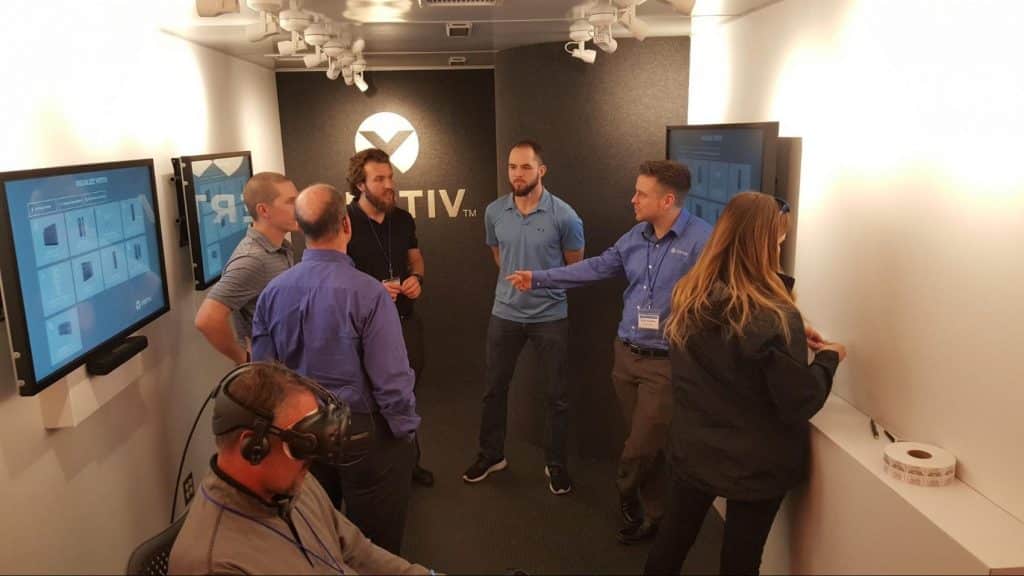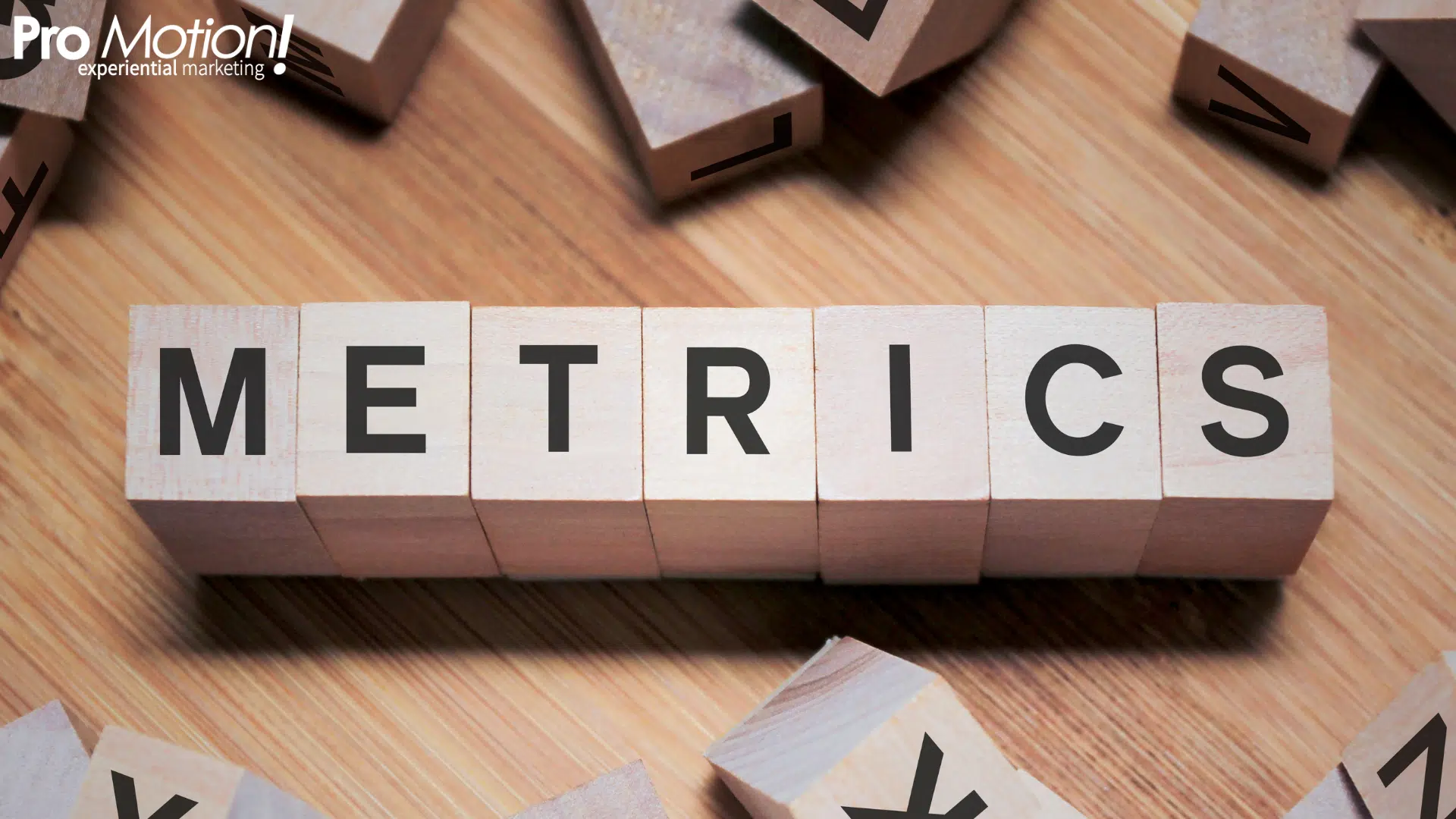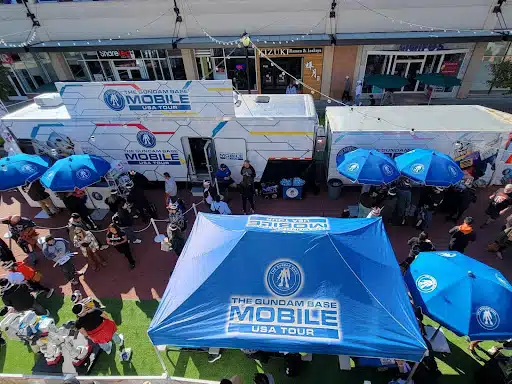Recognize this scenario?
The exhibit hall is overcrowded with your competitors smashed in side by side trying to talk over one another in an attempt to woo the potential lead. You realize after you have given your best pitch to someone that the prospect you are speaking with is a lower level manager with no purchasing power, but sure, they’ll take your information back to their boss.
In the B2B world, trade shows are increasingly unproductive and providing much less ROI for brands.

There is a better strategy. Consider taking your brand and products on an experiential roadshow. Picture it: You pull up in your branded vehicle to the parking lot of your prospect. Decision makers and employees at all levels of the organization get a chance to leave their desks and come out to an interesting experience. There’s not a competitor in sight as people experience your products hands on and learn directly from you. Why would you consider going back to a trade show the most efficient and effective way to spend your marketing dollars?
Next, think strategically about how you will create the experience for your consumers.What kind of vehicle will you use? What content will be covered? What swag will you leave behind? How many stops will the roadshow make? How will you follow up with leads post event?
Those are great questions to consider and a great place to start. But let’s think outside the box a bit. One thing your competitors may not be taking into consideration is how gender influences B2B marketing strategies for experiential marketing. According to a recent study, attendee motivation for attending events, engagement with pre-planned activities, methods for tracking information received, and evaluation of the ROI of the event differ for men and women in the B2B world.*
What are people’s motivations, compared by gender, to attend a B2B experiential or marketing event?
The study reported that men typically attend B2B events to build relationships with current suppliers or prospect for new ones and to discover new technology. According to the findings, women are typically attending events to stay on top of industry trends, for their own personal and professional development, and to inspire new ideas.

Do you need to engage your prospects before you show up at their door?
Let’s jump back into the research. Almost half of the men surveyed ranked meetings with other brands, exhibitors, and suppliers as important while women focused more on learning opportunities and the experiential education throughout the event itself. Consider who your audience is that you are inviting to your event and whether or not it’s worthwhile to put in some face time before you show up with that great experience.
When it comes to consuming the information provided at a B2B event and methods for reaching out afterwards, both men and women collect marketing literature and business cards. It’s a low cost expense that is proven valuable to remind consumers of what they were interested in at that moment. Spice it up a bit with some branded swag that’s relevant to your brand and the products you are marketing to your consumers. A couple unique variations were that women also made the effort to take photos of products that really interested them and oftentimes took more notes.
What are the key takeaways for each gender after a B2B event marketing experience?
What matters to them? Why was it worth the time?
Women
- Be inspired by high quality activity and education.
- Interact with peers.
- Learn something to advance career and do her job better.
Meaningful conversations with the brand representatives as well as her peers after the fact might influence how she uses her purchasing power. Make a good impression and inspire her with how your product will make her job easier or more successful.
Men
- Test out the newest and most awesome products and technologies available.
- Speak directly with vendors or vendor representatives (i.e. brand ambassadors) about products.
Those face-to-face conversations with vendors will influence how a man might use his purchasing power. He’s in it to buy, so show him all the cool stuff and make sure he engages with it hands on.
Of course, the statistics are not cut and dry. Many women and men approaching your footprint will have similar motivations and strategies. But if you can take these results and weave them into how you communicate with people of different genders during your activation, you might just be able to build a stronger connection. Leading to a sales conversion. Leading to great ROI for your brand. At the end of the day, it’s all about authentic connections between your brand and your target audience.

**Center for Exhibition Industry Research (CEIR) “Gender Differences and Similarities.”




